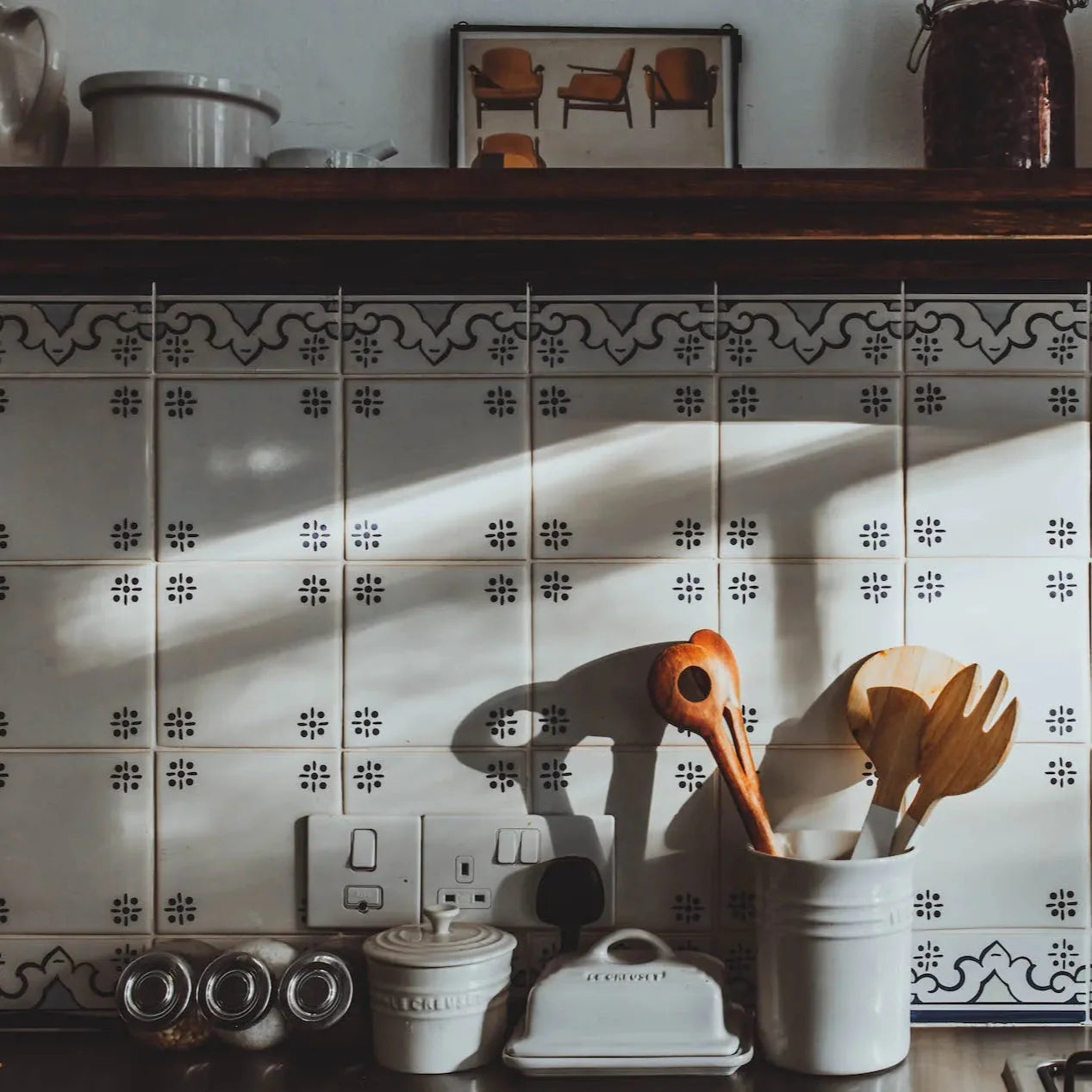They may look similar, but ceramic and porcelain tiles have important differences—especially when it comes to durability, water resistance, and where to use them.
Let’s Break It Down
-
Porcelain tiles are fired at higher temperatures, making them denser, less porous, and more water-resistant.
-
Ceramic tiles are softer and lighter, making them easier to cut and install—especially when you're working with detailed layouts or creative tile patterns.
When to Use Porcelain Tiles
Porcelain is the go-to for:
-
High-traffic areas like hallways and entryways
-
Bathrooms and wet rooms
-
Outdoor spaces, thanks to their water resistance
-
Floors, especially in busy homes or commercial settings
When to Use Ceramic Tiles
Ceramic tiles are ideal for:
-
Wall installations
-
Kitchen splashbacks
-
Accent walls and decorative features
They’re easier to work with when creating custom layouts, like herringbone or Moroccan-style arrangements.
Same Style, Smarter Choice
Both types come in a wide variety of finishes—from marble-look tiles to bold colours and classic patterns. Your choice really comes down to your space and how it’ll be used.
Need help deciding?
Explore porcelain and ceramic tiles or get in touch with our tile experts for personalised advice.





